Amateur Cinema Between the Wars in Canada
by Charles Tepperman and Andrew Watts
Amateur Cinema developed slowly in Canada during the 1920s, but it rapidly picked up speed during the 1930s. This page provides an introduction to amateur film culture in Canada. The timeline below sketches out some key events and contexts during this period; you can also explore a map of amateur movie clubs that were established in Canada during the 1930s; finally, a list of noteworthy films provides a starting point for understanding the range of different types of amateur films that were produced in Canada. To read more about how amateur film was conceptualized in Canada (and elsewhere), visit the Dossier section of this site.
Amateur Movie Clubs
Click on the points below to find out more about each movie club.
Significant Films
The selected films provide an introduction to amateur filmmaking in Canada during the 1920s and 30s. Follow the links for more information and to view the films (where available).
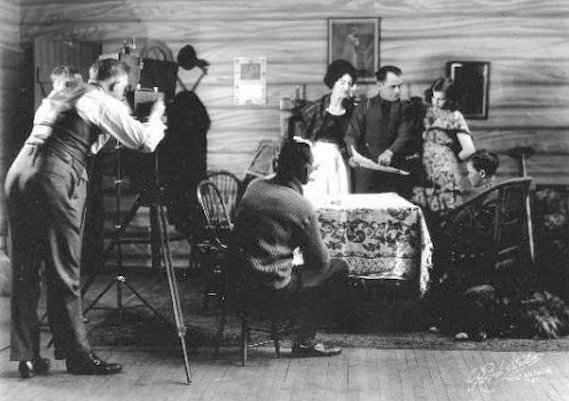
A Race for Ties (Dorothea Mitchell, 1929)
The Amateur Cinema Society of Thunder Bay’s feature-length photoplay is an adventure-chase comedy rooted in local context and community. The film draws directly on the experiences of its author, so-called “lady lumberjack” Dorothea Mitchell- - a British-born entrepreneur, homesteader, and writer.
For more information. Watch the film.
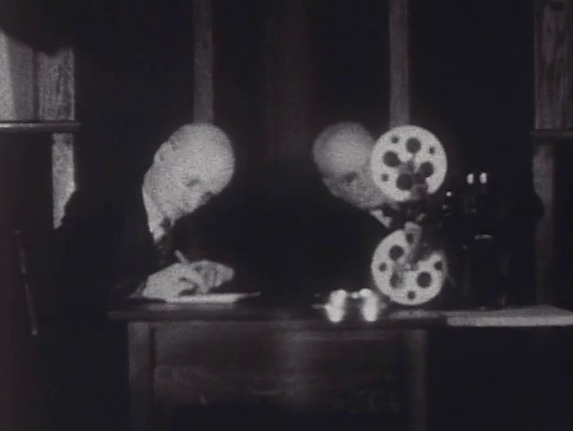
Highway of Tomorrow, or How One Makes Two (Dent Harrison, 1930)
A man, Dent Harrison, falls asleep and dreams that the R100 airship sails for North America from its base in England. The film uses multiple exposure to show Harrison visiting with himself; various government officials are seen along with aerial shots of the places in Canada that the airship passes. Footage appears to come from the R100’s visit to Canada in July-August 1930.
For more information. Watch the film.
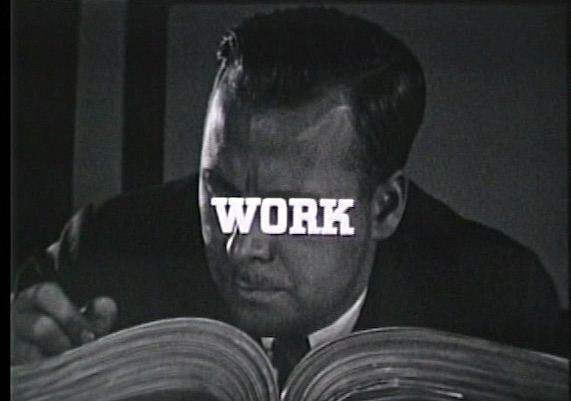
Another Day (Leslie Thatcher, 1934)
Leslie Thatcher was among the most acclaimed Canadian amateurs during the 1930s. His films blended globally circulating art cinema stylistics with a rootedness in local milieu and regional customs. Another Day is a city symphony film of Thatcher’s hometown, Toronto; it follows the chronology of a day’s activity but fragments continuous action to present a modernist record of the city. The film was named one of the Ten Best amateur films of 1934 by Movie Makers magazine.
For more information. Watch the film.
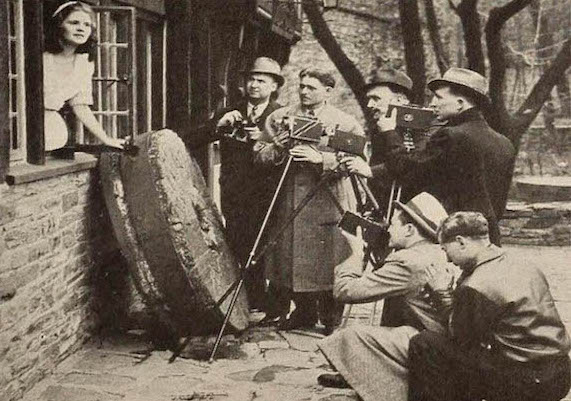
The Highwayman (Alan Moorhouse, 1938)
A Toronto Amateur Movie Club adaptation of Alfred Noyes’ poem of the same title. The film uses natural settings and a natural acting style to set this adaptation apart from its source materials and its rival media. The film’s use of double exposure creates the impression of ghostliness in the tragic couple’s final reunion and marks a particularly cinematic solution to the problem of visual representation.
For more information. Watch the film.
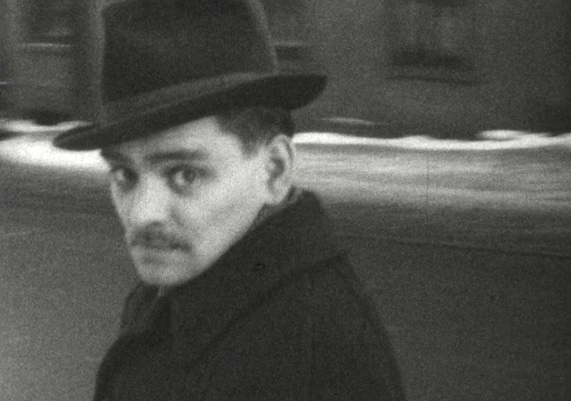
La Vie d’Émile Lazo (Omer Parent, 1938)
Produced by Omer Parent in direct reaction to the “Padlock Law” issued by Quebec’s Duplessis government in 1937, the title of this short movie refers to the first film targeted by this new censorship law: William Dieterle’s “The Life of Emile Zola” (1937). Completed in the spring of 1938, this film deals with the condition of the “modern” artist in relation to academicism from which he seeks to free himself.
For more information. Watch the film.
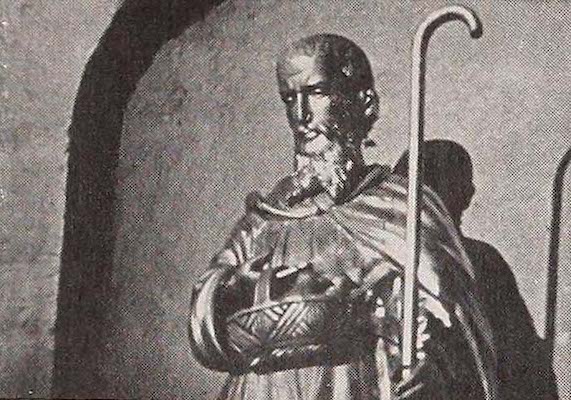
L’Ile d’Orléans (Budge and Judith Crawley, 1939)
Budge and Judith Crawley produced this award-winning travelog during their honeymoon in Quebec. It records the traditions and folkways of a secluded community, still in touch with old-fashioned ways of living. Already experienced amateurs, the couple would go on to establish Crawley Films, one of Canada’s largest production companies.
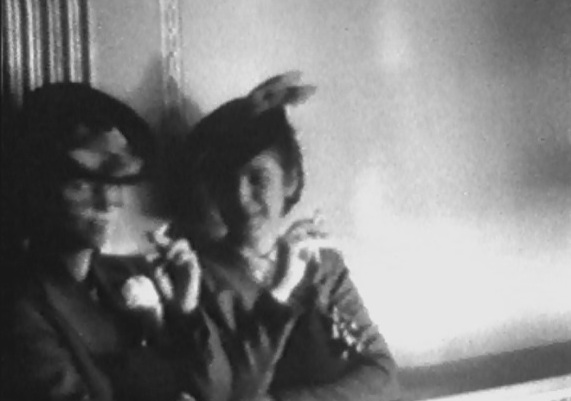
Stanley Park (Oscar C. Burritt, William F. Houston, Donald E. Lytle, Malcolm C. Morrison, James R. Pollock, 1939)
This film captures (in excellent pre-war Kodachrome) a day in the life of Stanley Park. An early effort at independent documentary production by a group of Vancouver film enthusiasts, including amateur cinematographers Oscar Burritt and Don Lytle. The Coast Films group intended to produce a series of films that could be distributed by the fledgling National Film Board of Canada, but World War II intervened, and this was their sole group effort.
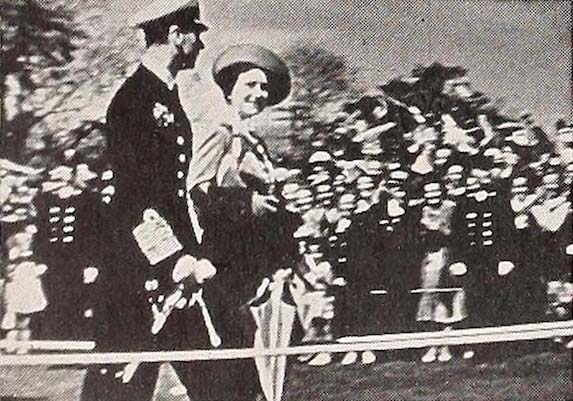
Royal Visit - Halifax 1939 (T. J. Courtney, 1939)
When King George VI and Queen Elizabeth visited Canada in 1939, amateur filmmakers mobilized to record the event. Royal Visit - Halifax 1939 was one of the award-winning films to be produced and it was lauded for “sincere interpretation of public feeling; the early preparations for the Royal visit; the breathless expectation; the high enthusiasm at the time of Their Majesties’ appearance, the promise of long remembrance at their departure — all these are clearly shown by Mr. Courtney’s cinematic commentary.” (Movie Makers).
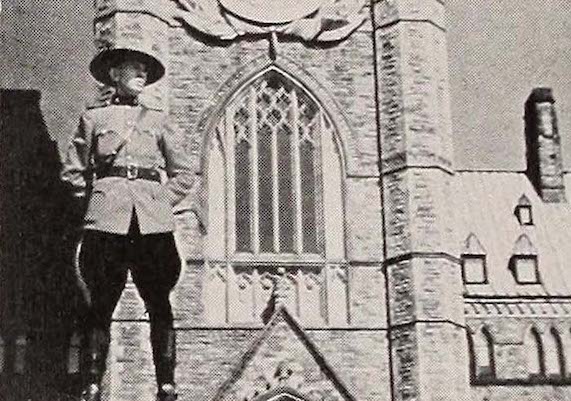
Then Came the King (Earl L. Clark, 1939)
Another film that recorded the royal visit to Canada, this one also traced the nation’s historical connections to the British Empire. Though Canada would not enter World War Two until September 10, 1939 - months after the royal visit was concluded, and one week after the UK declared war on Germany - the film is inflected with patriotism and wartime mobilization.